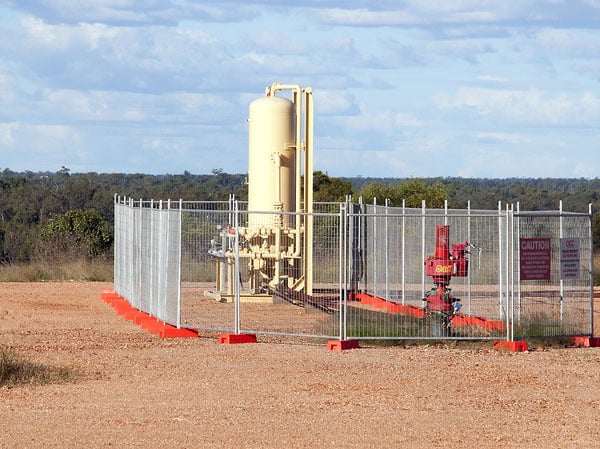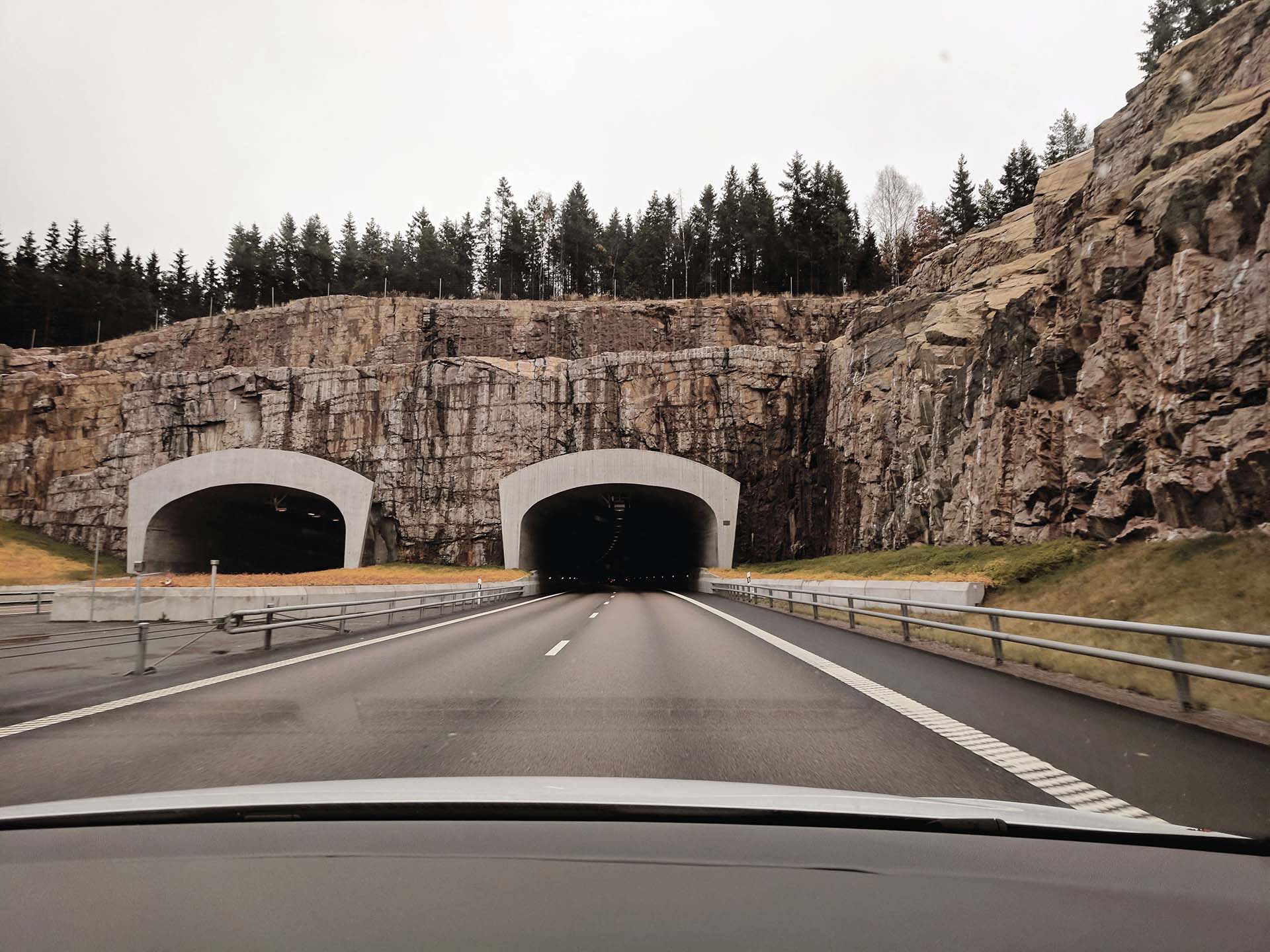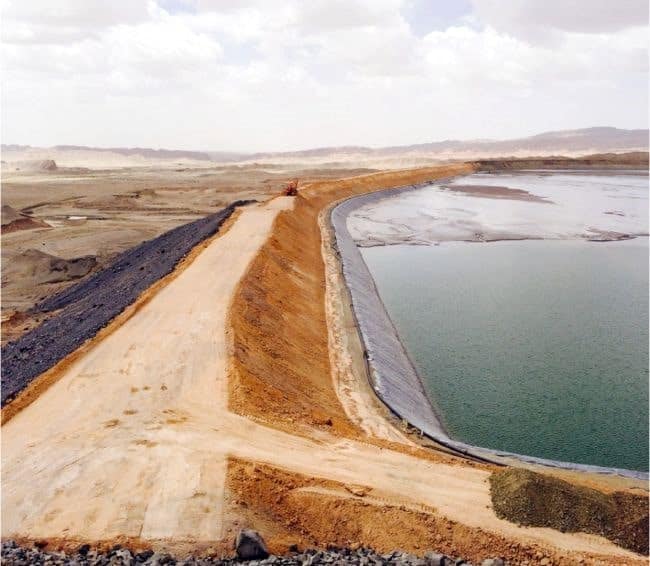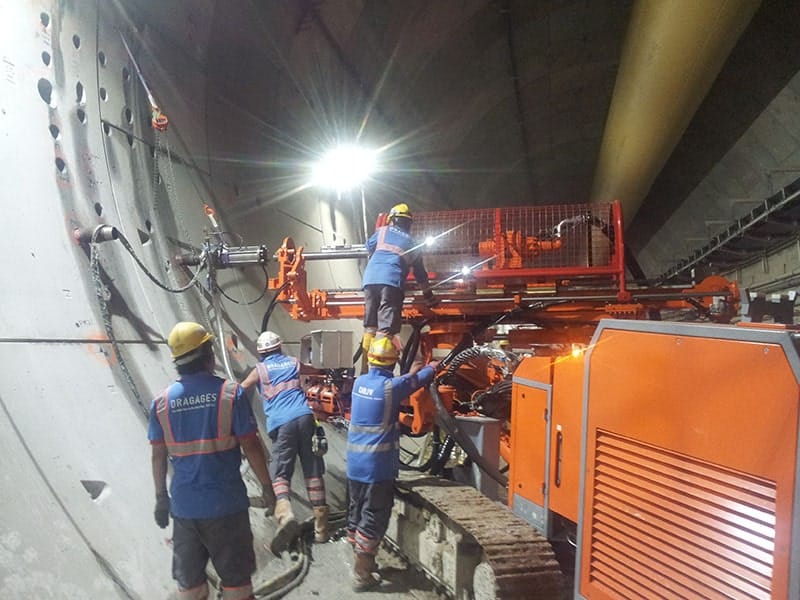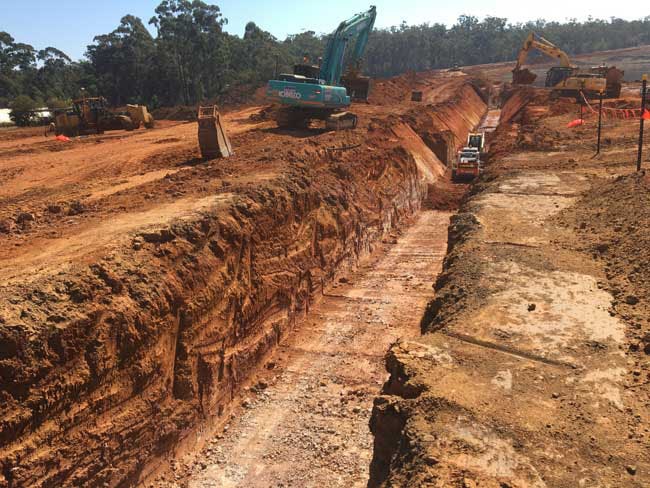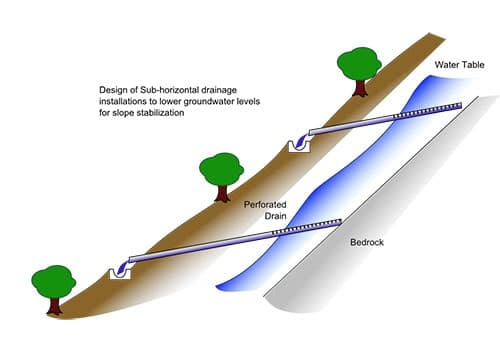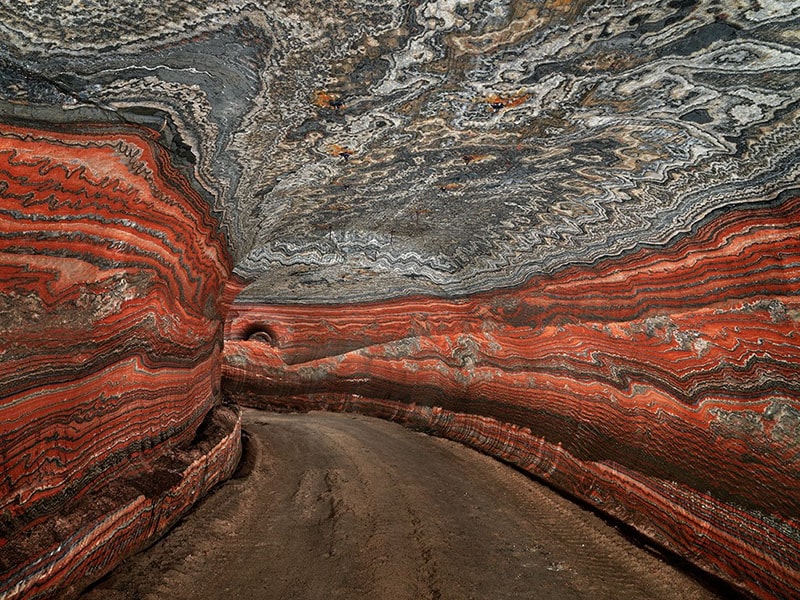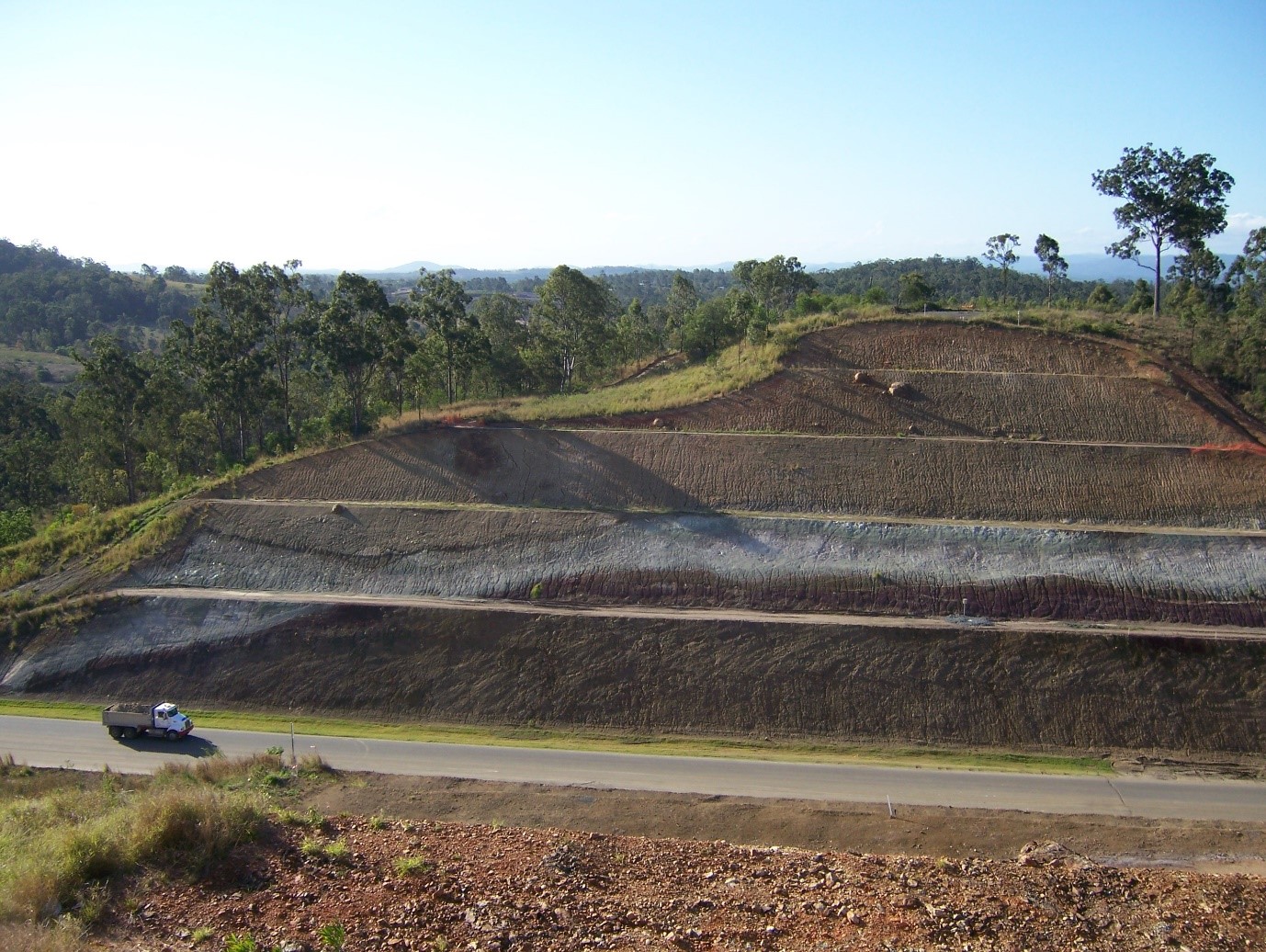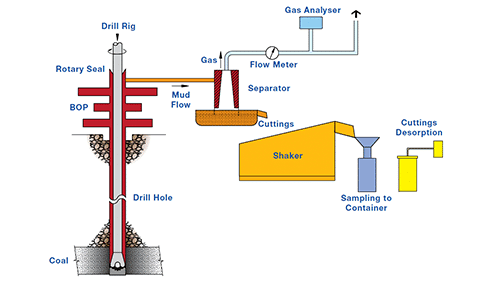Dams are usually designed for long service lives which frequently have to be extended, as the complications of removing a dam and replacing it are huge. Extending a dam’s service life probably means a complete re-appraisal of the structure, its foundations and the spillways and tunnels that carry water. This means measurement of the dam’s current state and possibly works to improve its safety. Frequently there is a need to raise the dam height to increase the capacity of the reservoir or to overcome the effects of silt build up. As the consequence of dam failure is generally totally intolerable, designs need to be conservative and works that are constructed need to be monitored carefully so that any deviation from design behaviour may be detected and its consequences evaluated.
Dams are large structures that are supported by the ground in all its forms of rock and soil. It is this interface between the natural ground and the man-made structure that provides some of the greatest engineering challenges. The ground is just as much a part of the dam as a concrete arch wall, and a part that generally has far less well defined parameters. It is what is inherited from the earth when a decision is made to build a dam at a particular location. The dam builder cannot specify the particular material properties of the ground; it must gain an understanding of what the properties are and design and build a structure that is compatible with these. Modification of the natural ground behaviour is always complex and frequently an expensive process.
Sigra’s Role in Dams
Sigra’s role in dams is threefold. In the first instance it involves the determination of the ground parameters where a dam may be constructed, secondly in the design, and thirdly in monitoring the structures and the ground once they have been built.
Site Investigation
In the site investigation phase Sigra supplies the following services:
Design
Sigra has been involved in the design of rock structures for a long period. Its expertise in the support of tunnels, drilling, drainage and grouting are useful components to dam design. Of particular importance is the company’s knowledge in dealing with rock stress and with anisotropic rock properties, both in the pre and post failure states.
Measuring and Monitoring
Sigra has the ability to measure and to install permanent monitoring systems in dams, their foundations and the surrounding slopes. Sigra’s overcore system has been used to measure the stress in concrete dams. Sigra has also installed stress change cells in rock and could do so in a dam wall to measure changes in stress that may occur therein.
More usual instrumentation for monitoring that Sigra uses includes:
This all comes with the capability to transmit this information by cable around the galleries within a dam, or to send it via the cellular phone network, or by radio telemetry.



